Courtney Armstrong – New Rules for Treating Trauma: Integrating Neuroscience for Resilience, Connection and Post-Traumatic Growth
$219.99 Original price was: $219.99.$43.00Current price is: $43.00.
[Instant Download] – You will receive instant download access after the purchase
- Faculty:
- Courtney Armstrong
- Duration:
- 6 Hours 35 Minutes
- Format:
- Audio and Video
- Copyright:
- Sep 26, 2018
Description
| Manual – New Rules for Treating Trauma (2.7 MB) | 38 Pages | Available after Purchase |
Outline
The Emotional Brain: A User-Friendly Guide
- Simple ways to understand the brain
- A healthy emotional brain & how it develops
- 7 primary emotional systems
- How trauma and disrupted attachment alter the brain
- 3 neuroscience breakthroughs that change how we treat trauma
- Resilience, connection and post-traumatic growth
The 3-Phase Model of Trauma- Informed Treatment
Interventions for Assessment, Safety and Stabilization
- 5 simple questions to assess for PTSD
- Beyond words: build trust and safety with right brain to right brain communication
- Help clients understand trauma responses
- Calm fear with mindfulness and imagery techniques
- Deal with dissociation: practical tools for grounding and orienting
- Shift shame and nurture self-compassion
- Defuse anger with play and humor
- Empower with movement and metaphor
Reprocessing Traumatic Memories: A Less Painful Approach
- Revise not relive: why exposure can retraumatize
- Memory reconsolidation: a mechanism for healing trauma
- 5 simple steps for reconsolidating a traumatic memory
- Create the future-self template and the brain’s blueprint for healing
- Neutralize negative beliefs with resourceful emotional states
- Facilitate corrective emotional experiences with powerful imagery, metaphor, music and movement techniques
Facilitating Post-Traumatic Growth
- The 3 qualities of post-traumatic growth
- Create a positive post-trauma identity
- Nurture a secure attachment system after trauma
- Find meaning and purpose after trauma
- Happiness and the power of intention
Applications for Special Populations
- Sexual trauma survivors
- Childhood abuse and neglect
- Traumatic grief after sudden or violent deaths
- Medical trauma, car accidents and disasters
- Military, police and first responders
- Children and adolescents after trauma
- Cultures and faith traditions
- Prevent burnout and vicarious trauma
Faculty
Courtney Armstrong, LPC, MHSP Related seminars and products: 4
Courtney Armstrong, LPC, MHSP, has over 20 years’ experience and is a Board Certified Fellow in Clinical Hypnotherapy who has trained thousands of mental health professionals nationally and internationally in creative, brain-based strategies for healing trauma. She is a bestselling author of the book, The Therapeutic “Aha!”: 10 Strategies for Getting Clients Unstuck and Transforming Traumatic Grief and contributes to publications such as the Psychotherapy Networker, Counseling Today, and The Neuropsychotherapist. She has been featured as a trauma and grief expert on national television and radio programs and is the owner/director of Tamarisk: A Center for Mind-Body Therapy in the state of Tennessee.
Speaker Disclosure:
Financial: Courtney Armstrong is in private practice. She is an author for WW Norton and receives royalties. Ms. Armstrong receives a speaking honorarium from PESI, Inc.
Non-financial: Courtney Armstrong is a member of the Institute for Rapid Resolution Therapy.
Delivery Method
– After your purchase, you’ll see a View your orders link which goes to the Downloads page. Here, you can download all the files associated with your order.
– Downloads are available once your payment is confirmed, we’ll also send you a download notification email separate from any transaction notification emails you receive from IMC.sale.
– Since it is a digital copy, our suggestion is to download and save it to your hard drive. In case the link is broken for any reason, please contact us and we will resend the new download link.
– If you cannot find the download link, please don’t worry about that. We will update and notify you as soon as possible at 8:00 AM – 8:00 PM (UTC+8).
Thank You For Shopping With Us!
Be the first to review “Courtney Armstrong – New Rules for Treating Trauma: Integrating Neuroscience for Resilience, Connection and Post-Traumatic Growth” Cancel reply
Related Products
Medical & Health
[Download Now] New Rules for Treating Trauma: 2-Day Master Class – Courtney Armstrong
Personal Development
Medical & Health

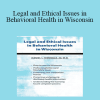
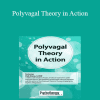
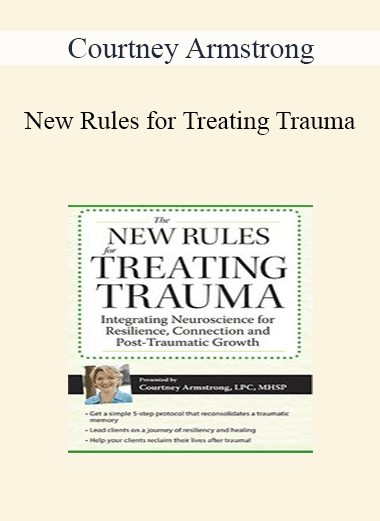
![[Download Now] New Rules for Treating Trauma: 2-Day Master Class – Courtney Armstrong](https://imc.sale/wp-content/uploads/2022/02/New-Rules-for-Treating-Trauma-2-Day-Master-Class-–-Courtney-Armstrong.jpg)
![[Download Now] New Rules for Treating Trauma: Integrating Neuroscience for Resilience](https://imc.sale/wp-content/uploads/2022/02/New-Rules-for-Treating-Trauma-Integrating-Neuroscience-for-Resilience-Connection-and-Post-Traumatic-Growth-–-Courtney-Armstrong.jpg)
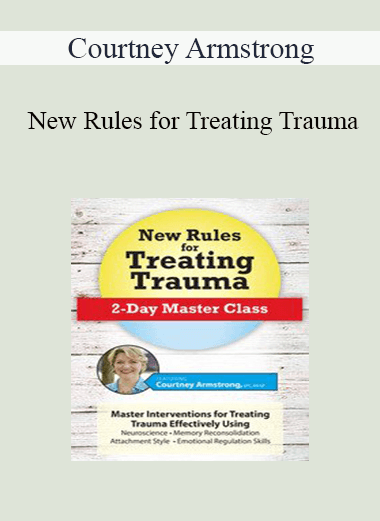
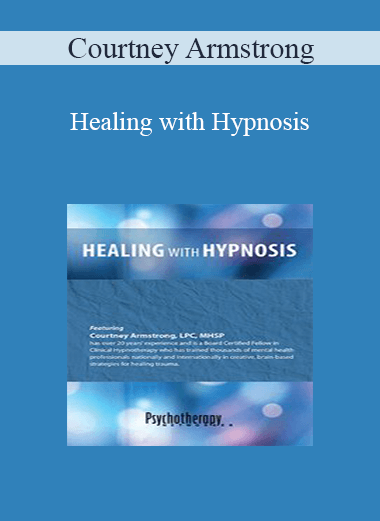
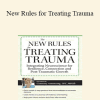
Reviews
There are no reviews yet.